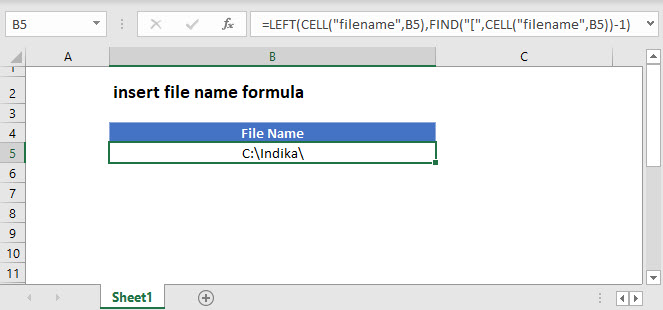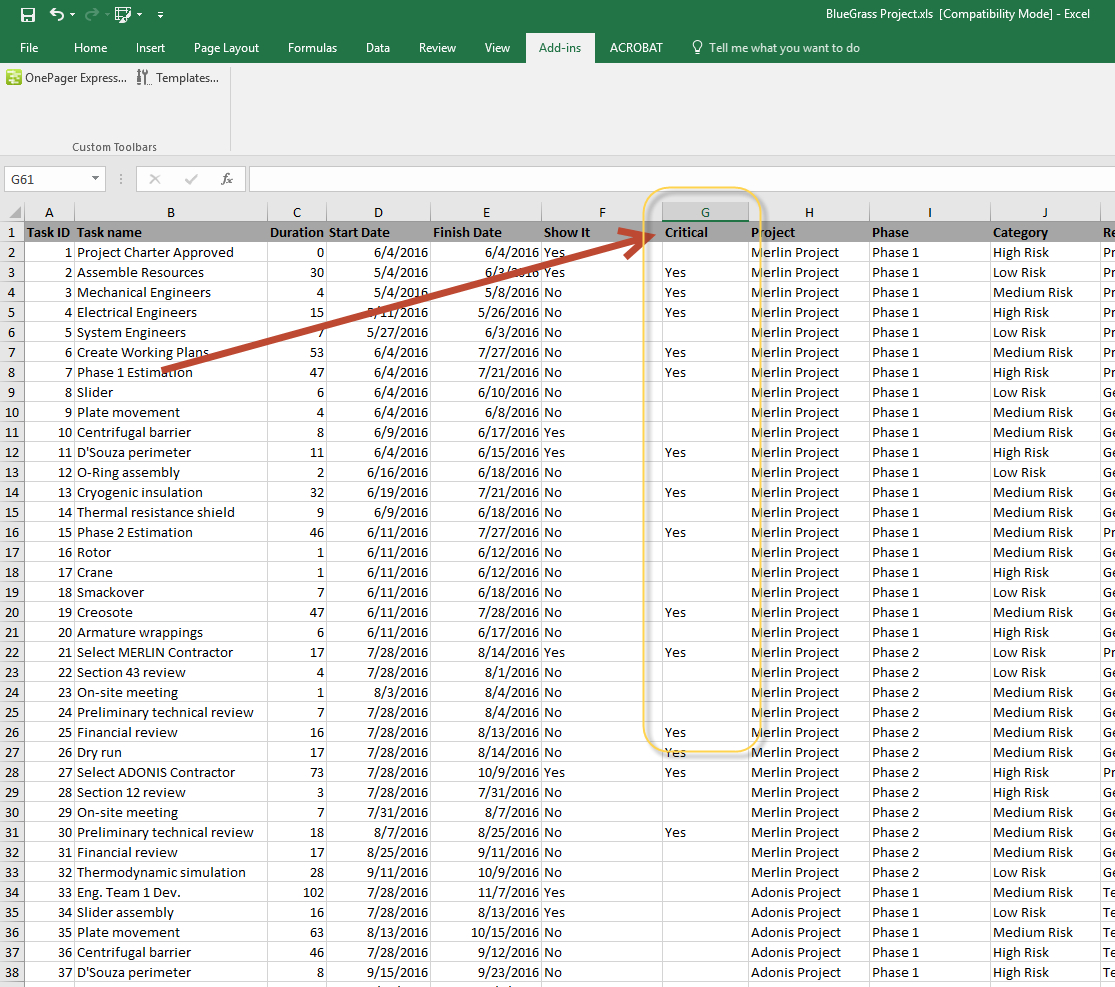
EXCEL GET FILE PATH HOW TO
I have another article that describes in detail how to call an HTTP triggered Power Automate in case you’re not familiar with that. Use it and use the following information as a reference.

EXCEL GET FILE PATH ARCHIVE
Note Before we go any further, I have a template that you can find in my Template Archive ready for you that you can upload and have all. It’s a limitation, and we have to deal with it.

It’s a strange limitation since, if we use the same strategy to access any SharePoint file, we don’t have this issue, but I digress. Use output from the SharePoint connector’s triggers/actions (file’s Id or Identifier property depending on which one is present for the particular Sharepoint’s action or trigger).Use output from the OneDrive for Business connector’s triggers/actions (file’s Id or File identifier property depending on which one is present for the particular OneDrive for Business’s action or trigger). It isn’t stated directly in the official documentation, but there are only three ways to access the file (quoting from the documentation): We create short videos, and clear examples of formulas, functions, pivot tables, conditional formatting, and charts.The error itself doesn’t tell us much, but the issue is with the dynamic path since we’re using the same strategy, just building the path before using it. Our goal is to help you work faster in Excel. Hi - I’m Dave Bruns, and I run Exceljet with my wife, Lisa. The formula logic is the same as explained above, but the CELL function is used just once. With LET, the formula above can be streamlined somewhat by declaring and defining a “path” just one time like this: In Excel 365, the LET function makes it possible to declare and assign variables inside a formula. The CELL function is called twice in the formula because we need the path twice, once for the FIND function to locate the opening square bracket ("["), and once for the LEFT function to extract all text before the “[". The LEFT function returns the first 12 characters of text as the final result: LET function improvement # The text argument is again provided by the CELL function as described above: This number is returned directly to the LEFT function as the num_chars argument. In the previous step, we located the “]” at character 27, then stepped back to 12. Or, to put it the other way, we want to extract all text up to the “[”. We subtract 1 because we want to remove all text starting with the “[” that precedes the workbook name. The FIND function returns the location of “[” (13) from which 1 is subtracted to get 12. The location of the opening square bracket (”[") is calculated with FIND like this Note the sheet name (Sheet1) appears at the end, and workbook name appears inclosed in square brackets, .

EXCEL GET FILE PATH FULL
The result is a full path like this as text: The cell reference is arbitrary and can be any cell in the worksheet. The info_type argument is “filename” and reference is A1. To get the path and file name, we use the CELL function like this: The result is a path without the filename like this: “C:\path".Īt a high level, this formula works in 3 steps: Get path and filename #


 0 kommentar(er)
0 kommentar(er)
